The 29 authors in the book represent three generations of writers in Hue . The first generation are those who became famous during the war against the US, such as Hong Nhu, Nguyen Quang Ha, Nguyen Khac Phe, Ha Khanh Linh, Vinh Nguyen... The second generation are those who matured after the country's reunification: Tran Thuy Mai, Nhat Lam, Duong Thanh Vu, Pham Xuan Phung, Nguyen Quan, To Vinh Ha... The third generation appeared after the renovation period (1986), such as Tran Ha Thap, Ho Dang Thanh Ngoc, Nhuy Nguyen, Le Minh Phong, Le Vu Truong Giang, Tran Bang Khue...
For a country that has experienced many wars like Vietnam, the haunting memories of war after so many years of peace are still present. Stories of a heroic time, shining faces amidst the incomparable painful losses caused by war. Readers can imagine the process of maturity in the way of reflecting and contemplating the reality of war, from describing current events to contemplating and analyzing post-war tragedies through the writings of famous writers, such as: Nguyen Quang Ha (The Father), Ha Khanh Linh (The Man in the Fairy Tale, The Pink Epilogue), Vu Manh Lap (The Explosion, Being Uncle Ho's Soldier), Hoang Viet Hung (The Sound of War), Duong Thanh Vu (Silent Interval)... Readers will encounter from those writings the portraits of soldiers, revolutionaries with the ideal beauty of the past, touching stories about women who suffered many disadvantages, accepting sacrifices for the noble purposes of national reunification, healing the wounds of war... Some short stories have mentioned the pain of post-war alienation, such as the story "The Story of Mai Village" by Nguyen Quang Ha, "The Unknown" by To Vinh Ha...
Some stories have become epics, retelling legendary stories of the time, such as recreating the Tay Son period's military strategy in "The Linh Xa Battle" by Tran Ha Thap, retelling the story of King Ham Nghi's exile in "Sleeping in the Mountains" by Le Vu Truong Giang, or also telling about King Ham Nghi when he became a painter in "The Sun in the Bird Field" by Tran Thuy Mai.
Everyday life is multifaceted in short stories with many ways of expression, many multidimensional perspectives. Most of the works mention the essential issues of everyday life today: apathy, the fierce existence of evil... The literary pages also want to awaken people to the moral degradation, to build the traditional spirit of humanity of the nation. The literary pages of Hong Nhu, Nhat Lam, Nguyen Thi Duyen Sanh... are more or less attached to the fields, the countryside, the old scenes and people full of humanity, full of empathy for the ups and downs of human life... In particular, the writers have promoted the image of kind, loyal people, always opening their arms to help those in trouble and hardship in life, expressing the most noble and precious qualities of human beings. Therefore, these short stories have profound, sweet and poignant language. The writers' writing style is rustic and simple, the language is close, rich in Hue accent.
But from this collection of stories, we can also see the strong innovation of some writers. The short stories “The Wall in a Telquinla Bottle” (Tran Bang Khue), “The Call” (Le Minh Phong), “Dust is Not an Illusion” (Nhuy Nguyen), “Everything Is Okay” (Ho Dang Thanh Ngoc)… have modernized the short story genre. Referring to the later innovative writers, critic Phan Tuan Anh once commented: “They are typical representatives of the second period of literature. If in the previous period they were only potential people, then in the past 10 years, they have become the guides for Hue literature, even Vietnamese literature in some aspects…”
The book has a beautiful, elegant form, rich content and quality, worthy of being a book to read today.
Source



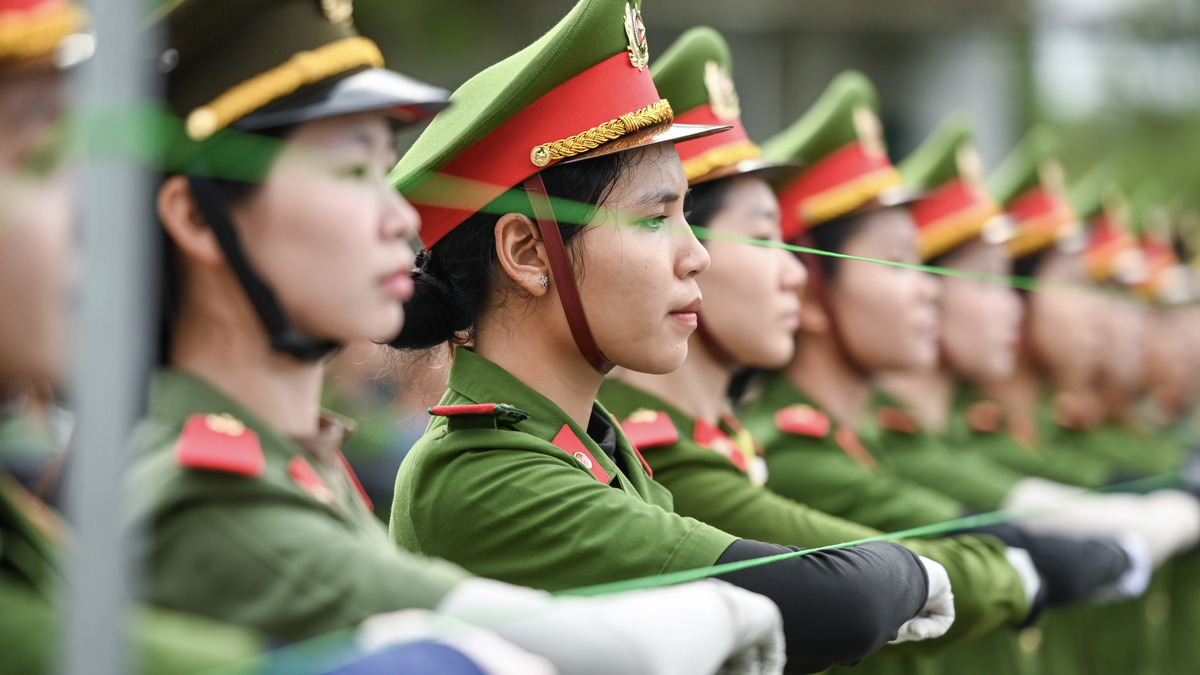




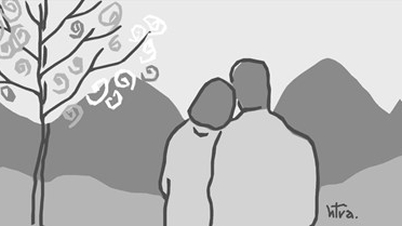
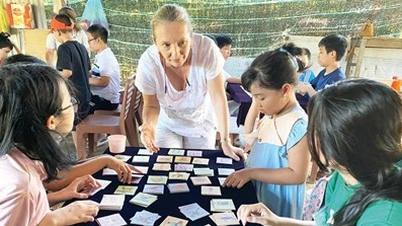

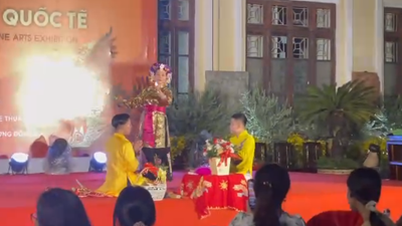
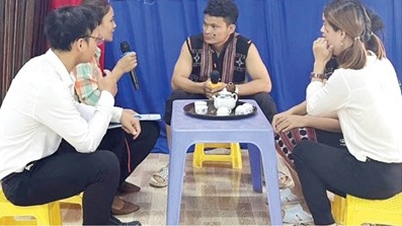
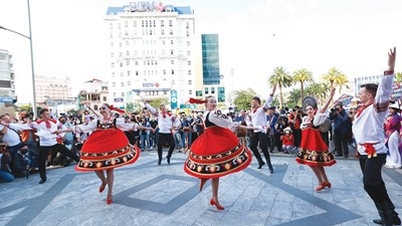





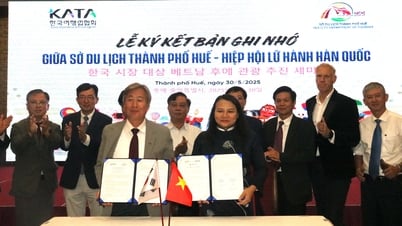
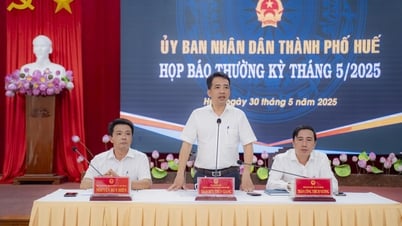
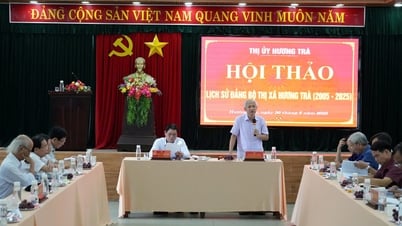




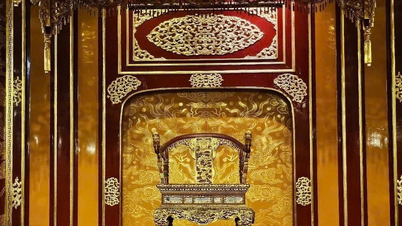

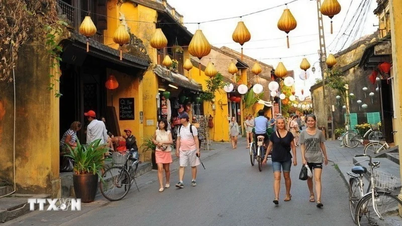

















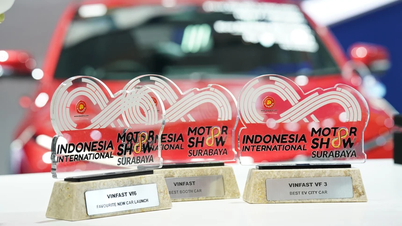















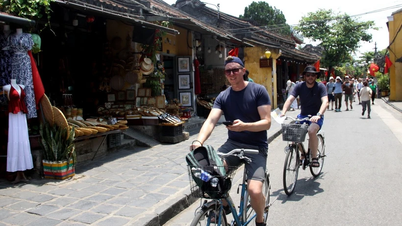
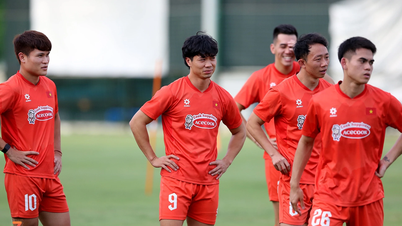



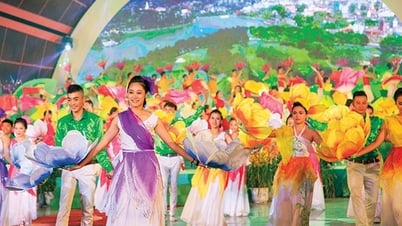
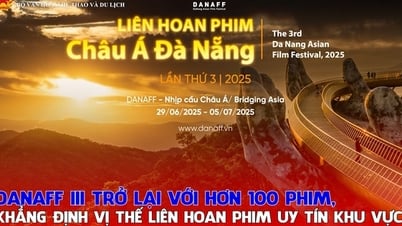
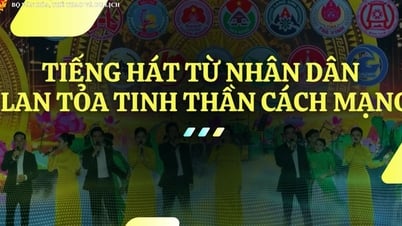

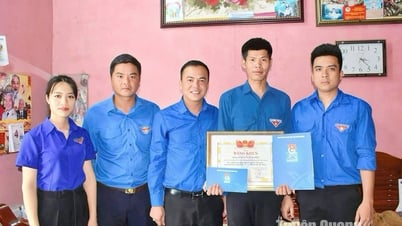

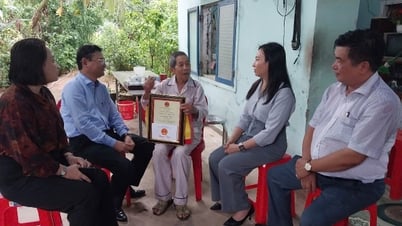

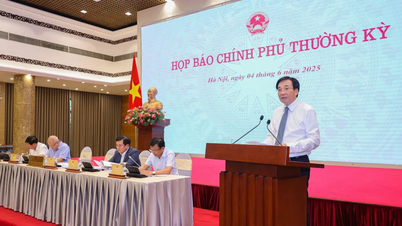

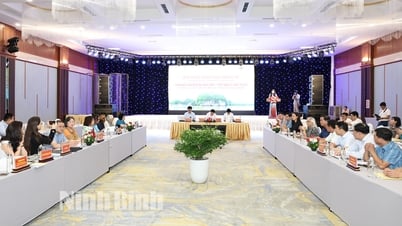



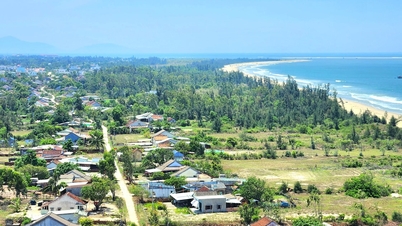




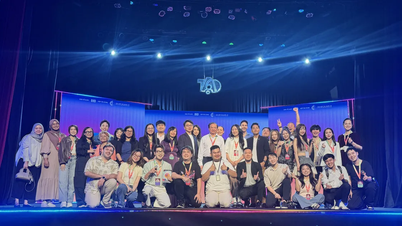
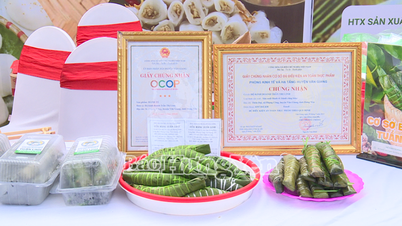






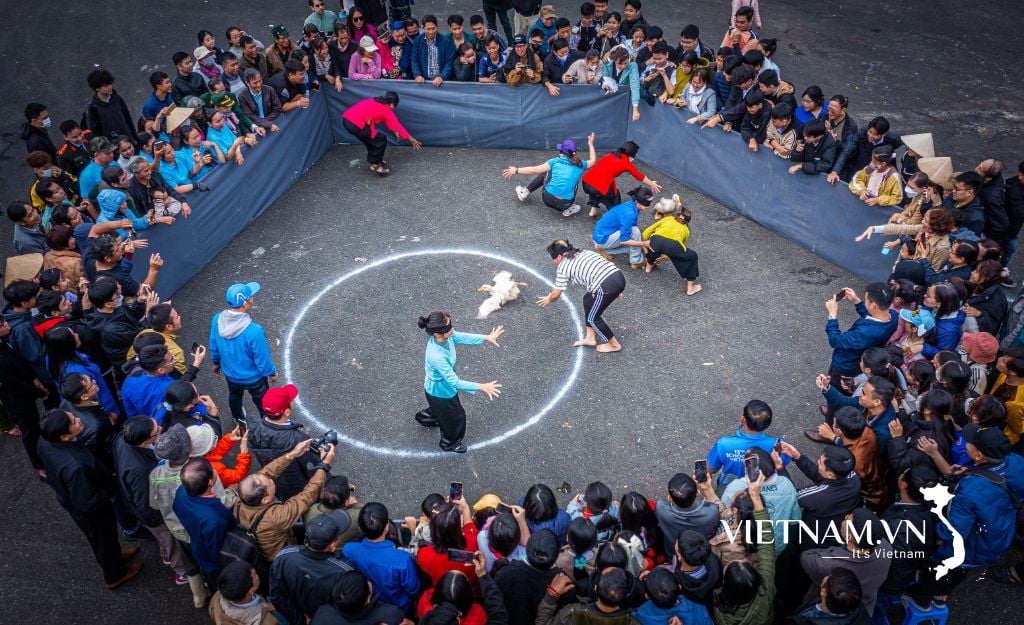


Comment (0)